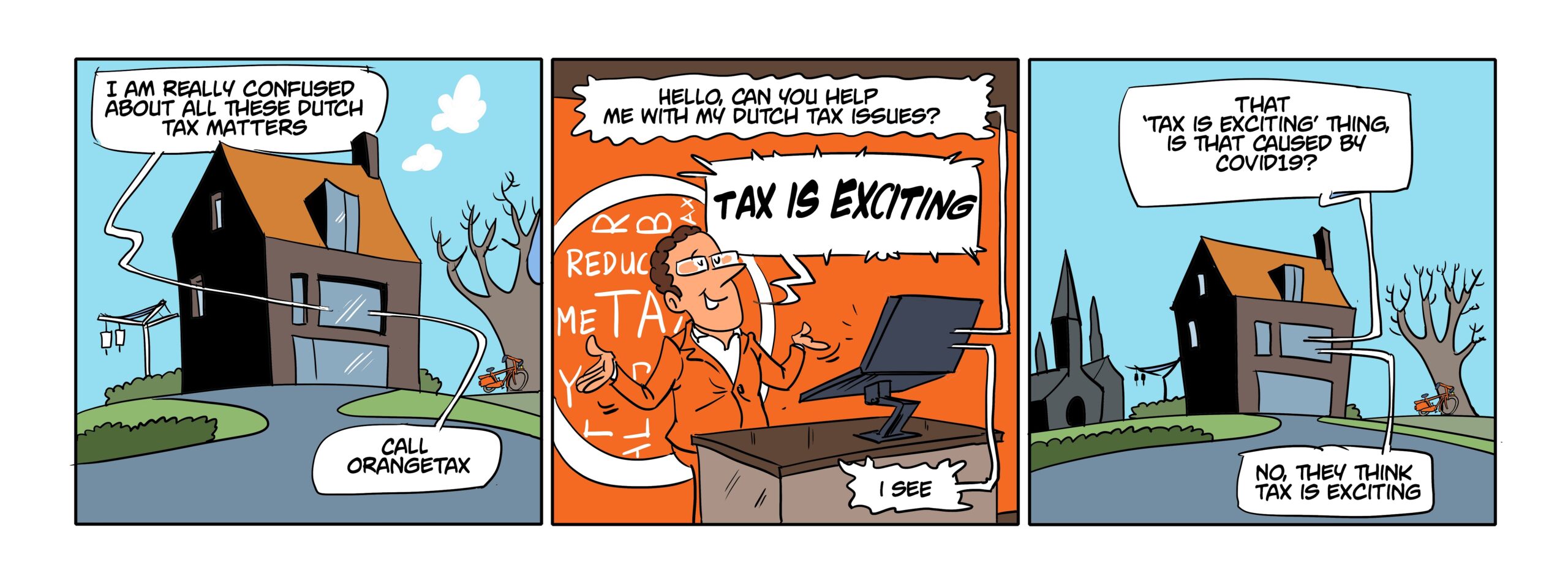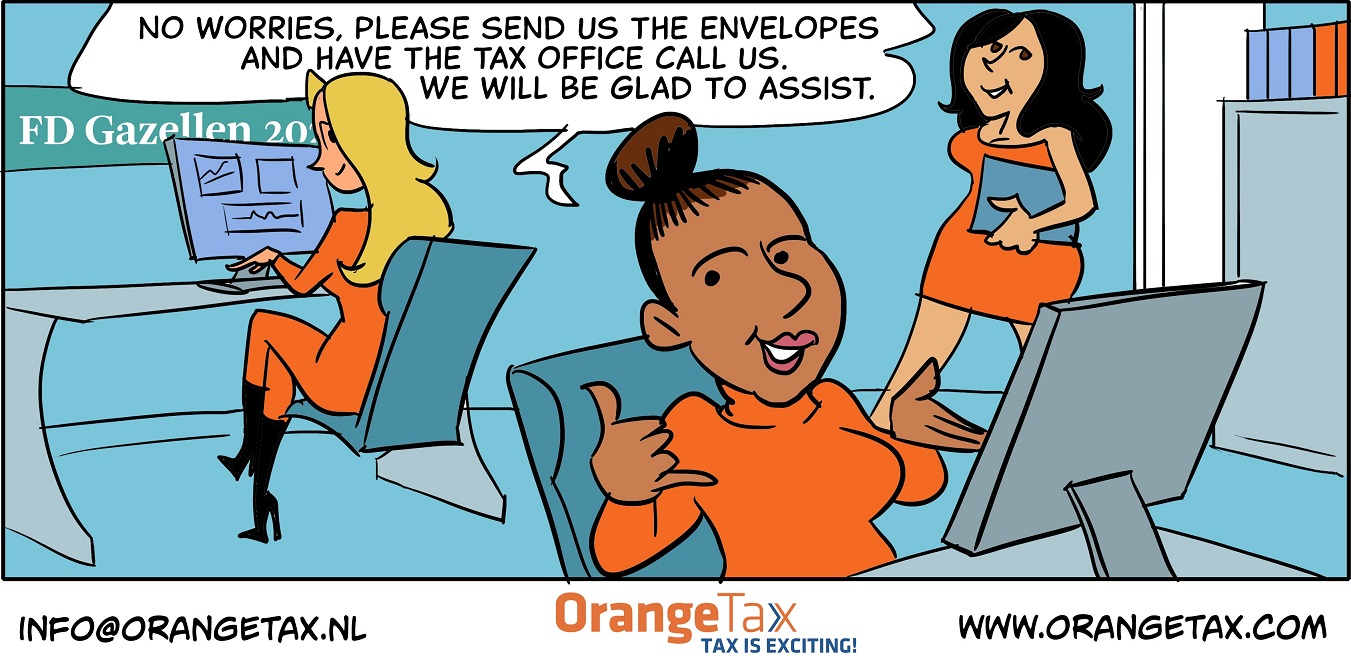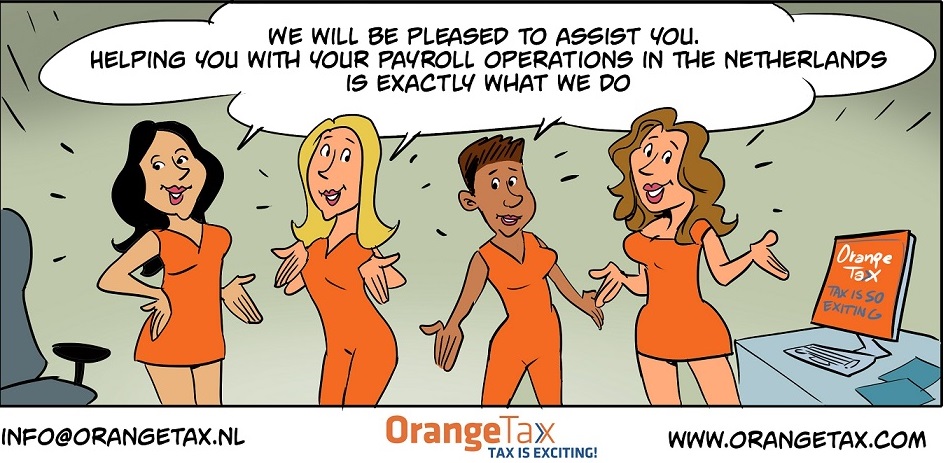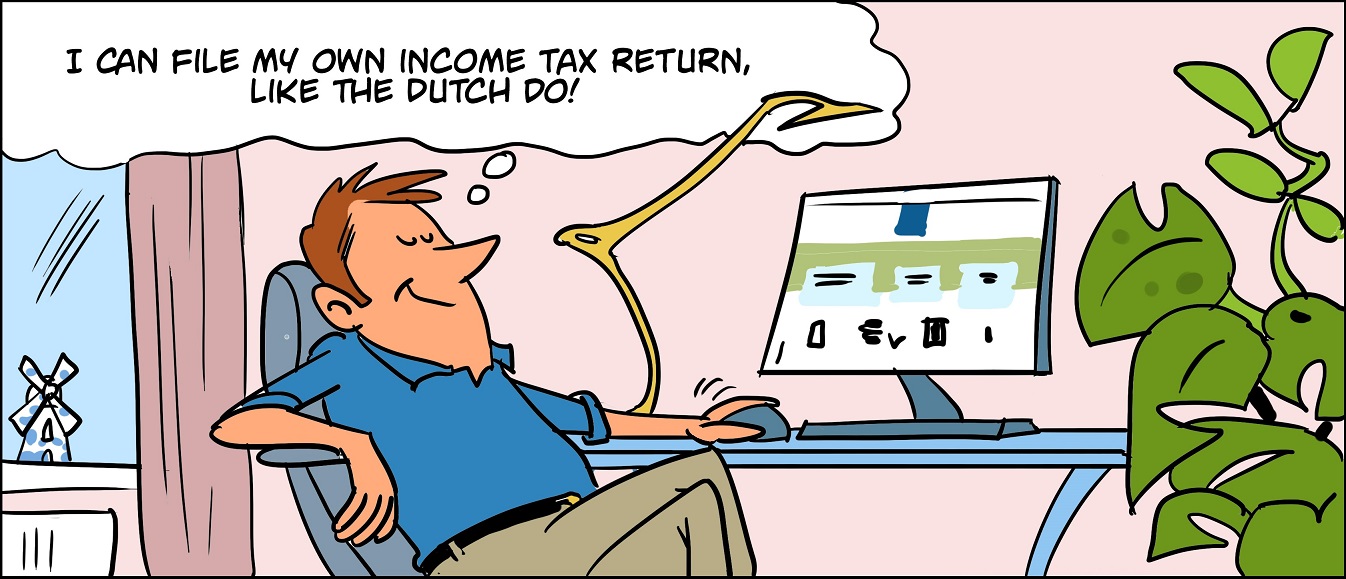If you are the share holder of a Dutch BV company, which is a legal entity such as the Ltd, you can decide at some point to stop doing business and you would like to terminate the BV registration. This is referred to as voluntary liquidating of a BV company. How is that done?
Start of voluntary liquidation process
The first step is to get the bookkeeping organized and settled up and to the day you decide to liquidate the company. In the minutes of the shareholders meeting the decision is taken to liquidate the company. In these minutes are also mentioned who will be the keeper of the books and in case a tax advisor needs to be authorized to arrange for the liquidation, this can be stated in the minutes as well.
The liquidation form is to be completed with the Chambers of Commerce, with the minutes of the shareholders meeting attached in which the liquidation has been decided and an overview of the benefits and obligations need to be submitted.
Complaints against liquidation procedure
In a nation wide newspaper an advertisement is placed in which is announced that the BV company will be liquidated. Creditors have then two months the time to appeal the liquidation if they have not been paid. Also if you have a debt with the Dutch tax office, the Dutch tax office will arrange for the liquidation procedure to be stopped.
If no objections have been received by the Chambers of Commerce and no creditors appealed the liquidation, the liquidation procedure is made final with another Chambers of Commerce form.
The above can all be done much quicker and easier if the only debtor/creditor of the company is the managing director shareholder. The liquidation is then done upon receipt of the forms by the Chambers of Commerce.





